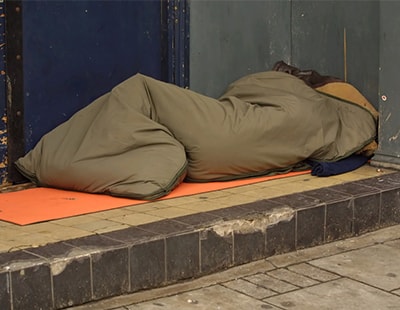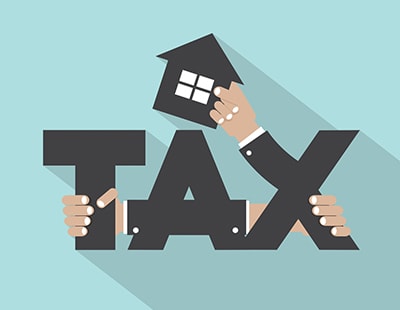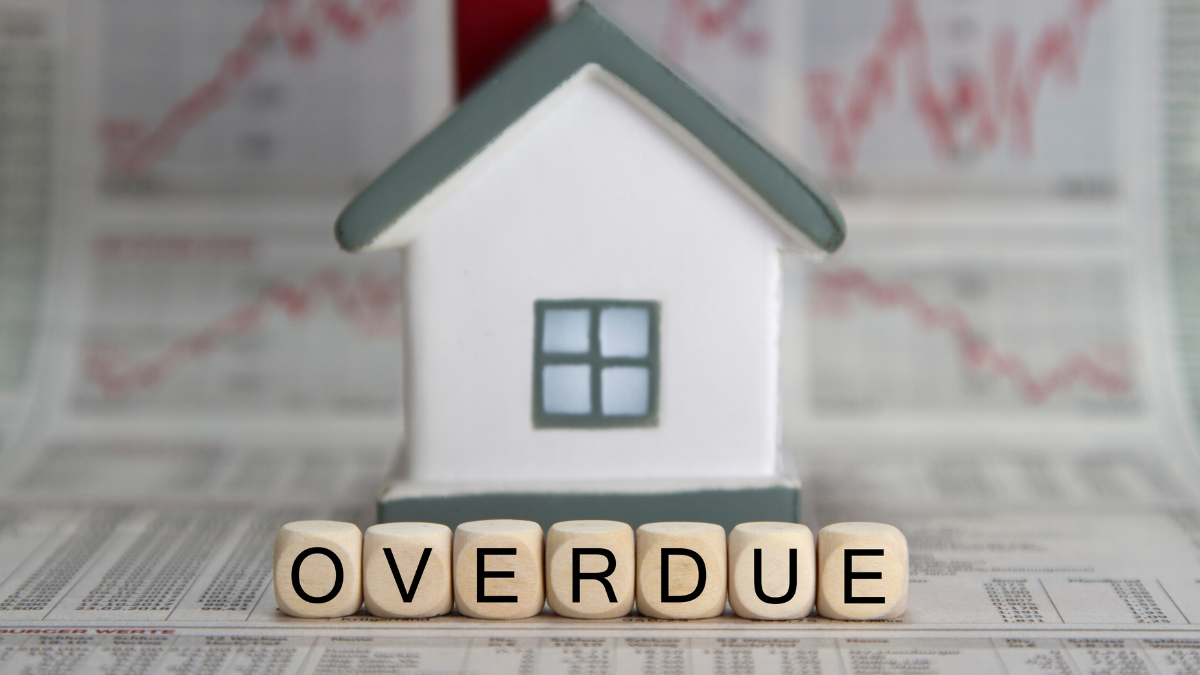
There are some 141,245 second homes in England and Wales, new figures show.
Flats are the most common type of second home, accounting for 42 per cent, followed by Detached houses (23 per cent) and terraced homes (21 per cent): semis accounts for just 13 per cent.
But while flats may be the most common, it’s detached homes that hold the greatest market value. The average price of a detached home across England and Wales currently stands at £478,744, meaning the total market value of detached second homes comes in at £15.9 billion.
Second home flats are estimated to be worth £14.9 billion in the current market, with terraced homes and semi-detached properties worth £7.3 and £5.5 billion respectively.
In total, the second home property market is currently worth £43.5 billion.
Cornwall ranks as the nation’s second home hotspot by quite some margin with 9,425 second homes; Kensington and Chelsea is second with 5,355; Westminster comes third with 4,390, followed by North Yorkshire (4,190) and Gwynedd (3,475).
The research was conducted by property website GetAgent and you can see the full breakdown by property type and local authority area here.
Want to comment on this story? Our focus is on providing a platform for you to share your insights and views and we welcome contributions.
If any post is considered to victimise, harass, degrade or intimidate an individual or group of individuals, then the post may be deleted and the individual immediately banned from posting in future.
Please help us by reporting comments you consider to be unduly offensive so we can review and take action if necessary. Thank you.
















.jpg)






.png)





Join the conversation
Jump to latest comment and add your reply
In the context of the crisis in housing it's not many is it? Yet Council's are going after these owners with a money grab!
Surprisingly small figures and a good indicator that the ‘short-let effect’ on the overall housing crisis is consistently overstated. Context matters!
There doesn't seem to be a definition of what type of second home the data refers to.
Is it second homes used only by the owners for personal use or properties that are also used for holiday lets?
The areas are bizarre. The whole of Cornwall is counted as one area while Devon is split 9 ways and listed as North Devon, West Devon, East Devon, Torbay, South Hams, Exeter, Plymouth, Teignbridge and Mid Devon.
Luton has its own data, County Durham is lumped together as a whole county.
Agree it would be good to know which are second homes and which holiday lets. I guess it is the way data is collected, though there should be some way to at least estimate the split; even from different date analysis added on. (I am not volunteering.)
For the areas, from Jo's list I guess it is local authority areas. Many counties which used to have many district councils plus a county council have become unitary authorities, so only one council e.g. Durham, Cornwall, Northumberland, Isle of Wight; and now North Yorkshire.
Devon hasn't been re-organised while neighbouring Cornwall has. So Devon keeps lots of district councils.
Luton has been a unitary council for years, administratively separate from the rest of Beds.. Like Derby, Portsmouth, Southampton etc.
Northants is now two unitary councils, as is the rest of Beds.
Don't shoot the messenger about local government reorganisation. It is Government pushing it. Picking areas off, one at a time. Going for what the 1974 Local Government re-organisation originally proposed, but at the time the Memorandum of Dissent by Derek Senior prevailed.
Sad I know that useless stuff init?
Second home is a misleading term, if it was my second home or holiday home then yes. However as I don’t live in any of my other properties why deem them to be second homes.
As it's only 141245 properties it clearly isn't including traditional BTL, which as you rightly say you don't live in or occupy in any way.
Presumably it's not enough properties to include those that are predominantly used as holiday lets.
So is it pure personal use or properties that don't declare any income for tax purposes or properties that do a bit of holiday letting but not enough to meet the minimum number of days criteria?
The person who owns the Home is the Home owner a person who occupies or rents the property is not the Home owner therefore its not their Home.
Home is where someone lives.
It doesn't matter if they own it or rent it, it's where they wake up in the morning, keep their possessions and generally live. It's the address they receive their mail at and are registered to vote.
Someone can own a house without it being their home.
My houses are the tools of my trade. Only two of them are my homes. My primary residence where I live most of the time is my home. My holiday home is for the exclusive use of myself and my family so is a second home. It has no commercial use whatsoever, so is therefore a second home not a holiday let.
I think an issue is whether tenants regard the private flat that they rent as permanent or temporary accommodation.
My latest tenant- a German scientist regards the flat I rent him as temporary accommodation; his permanent home (which he owns) is in Germany.
I have another tenant who owns two houses, one of which he regards as his main home and another as a rental investment. Again, he regards the flat he rents from me as temporary accommodation.
I had another tenant (a surgeon) who owned a house in the North of England and only stayed in the flat that I rented him during the week - at weekends he returned to his home to be with his wife and children.
The current renters reform legislation is designed to make private rented flats permanent homes, not temporary ones with a fixed end date. That legislation is fine for government owned housing stock, but not for flats in the private rental sector which frequently fulfil a different function.
No if I own it, it will never be their Home, buy your own if you want that badge.
Standard clause in the NRLA tenancy agreement is:
Occupy the Property as your only or principal home and behave in a tenant like manner
I'm often uncertain which contract to give my tenants. I've been giving them all shorthold assured tenancies - protecting their deposits etc. even if it seems likely that their main residence is elsewhere.
So people can’t rent our property if they are working away from home as millions do and have their own else where if that is the case.
Please login to comment